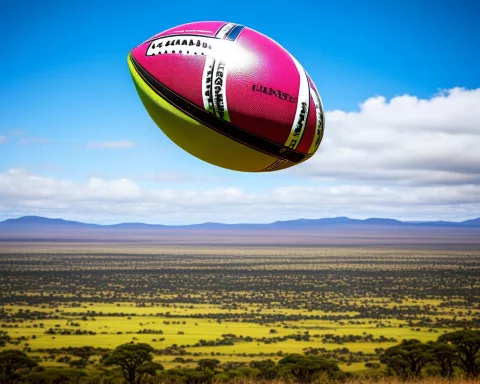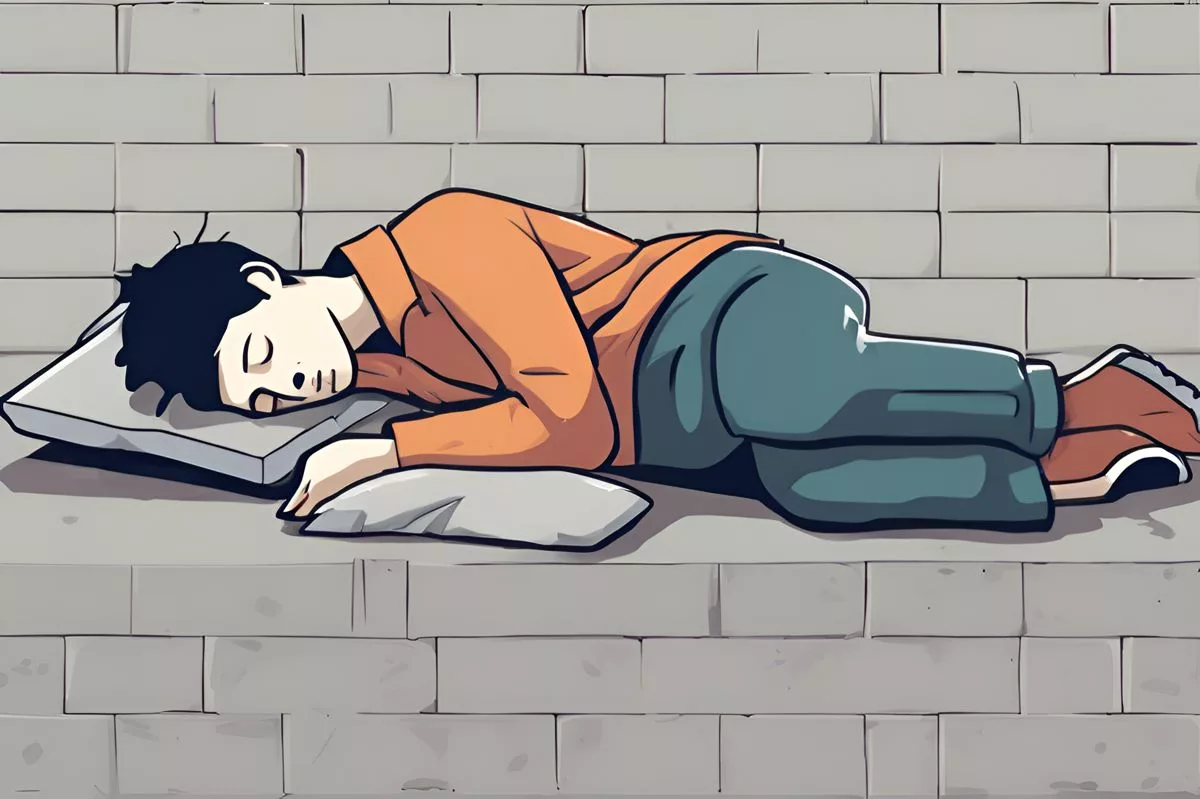Scotland’s recent Six Nations match against France at Murrayfield ended in controversy when Scotland was deprived of a potentially game-changing try in the waning moments of the game. Referee Nic Berry was unable to verify if the ball had been grounded, leading to a subsequent series of events marked by ambiguity. The incident highlights the difficulties that can arise from the integration of technology in sports, leading to a discourse between what is perceived and what is determined.
What was the controversy surrounding Scotland’s match with France at Murrayfield?
Scotland was controversially deprived of a potentially game-changing try in their match against France at Murrayfield. Referee Nic Berry was unable to verify if the ball had been grounded, prompting a subsequent series of events marked by ambiguity. This incident highlights the ambiguity that can emerge from the integration of technology in sports, leading to a discourse between what is perceived and what is determined, between human discernment and technological mediation.
The Drama Unfolds at Murrayfield
The recent Six Nations match between Scotland and France at the revered Murrayfield in Edinburgh was swathed in a cloak of suspense. The aftermath of the game, laced with drama, has unceremoniously drawn World Rugby into the spotlight. The match ended with Scotland being controversially deprived of a potentially game-changing try, prompting an unprecedented protest from the Scottish team against the sport’s administrative body.
In the waning moments of the game, Scotland was lagging with a score of 20-16. However, a flicker of hope was ignited when the Scots secured a crucial turnover. They were within an arm’s reach of the line, and the spectators were on edge. The game’s unexpected saviour, Sam Skinner, breached the line. However, much to the shock of the audience, referee Nic Berry was unable to verify if the ball had been grounded.
Instead of relying on the Television Match Official (TMO) to validate the try, Berry made a disputable declaration – no try had been scored. This decision laid a significant groundwork for TMO Brian MacNeice; he was now tasked with providing indisputable evidence to override the on-field decision.
The Confusing Sequence of Events
The subsequent series of events were marked by an almost Kafkaesque level of ambiguity. Although one camera angle hinted that the ball might have been nudged by a French player’s boot and landed on the ground, MacNeice expressed doubts and stood by his inability to provide the decisive evidence needed to nullify Berry’s initial verdict.
This verdict set off a wave of disgruntlement within the Scottish ranks, with chief coach Gregor Townsend relentlessly asserting that the officials had blundered. Echoing his belief that Skinner had successfully grounded the ball, Townsend argued that Scotland had been unfairly deprived of a win.
During his post-match dialogue with the media, Townsend took a rebellious stance. He held that the on-field referee should have been the ultimate arbiter, especially given the large screen available on the field. “The TMO influenced the referee more [with the final call],” he declared, his dissatisfaction evident.
Calls for Clarification and Reflections on Technology’s Ambiguity
Townsend’s insistence that the ball had indeed traversed the try-line was not merely a prejudiced assertion, he maintained. According to him, the incident’s irrefutable visual evidence should have paved the way for an accurate decision. “If it was held up…that would have been the right decision. But for us, it clearly wasn’t the right decision that they came to at the end,” he bemoaned.
However, Townsend’s grievances couldn’t overturn the match’s outcome, a reality he begrudgingly accepted. Despite Scotland’s plans to seek clarification from World Rugby on the issue, Townsend acknowledged the harsh truth – there was no way to alter the match’s result.
This incident transcends the controversy of a single match. It highlights the ambiguity that can emerge from the integration of technology in sports, leading to a discourse between what is perceived and what is determined, between human discernment and technological mediation. As Scotland contends with the fallout of the match, this incident serves as a stark reminder of the roles and responsibilities of referees, TMOs, and governing bodies in guaranteeing fair and accurate results in the sport.
What led to the controversy in Scotland’s match against France at Murrayfield?
Scotland was controversially deprived of a potentially game-changing try in their match against France at Murrayfield. Referee Nic Berry was unable to verify if the ball had been grounded, prompting a subsequent series of events marked by ambiguity.
Why was the decision to nullify the try controversial?
The decision to nullify the try was controversial because one camera angle hinted that the ball might have been nudged by a French player’s boot and landed on the ground, but TMO Brian MacNeice expressed doubts and stood by his inability to provide the decisive evidence needed to nullify Berry’s initial verdict.
How did Scotland’s coach react to the decision?
Scotland’s coach, Gregor Townsend, took a rebellious stance, insisting that the ball had indeed crossed the try-line. He maintained that the incident’s irrefutable visual evidence should have paved the way for an accurate decision.
What do the events at Murrayfield highlight about the integration of technology in sports?
The events at Murrayfield highlight the ambiguity that can emerge from the integration of technology in sports, leading to a discourse between what is perceived and what is determined, between human discernment and technological mediation.
What steps does Scotland plan to take in response to the controversial decision?
Scotland plans to seek clarification from World Rugby on the issue, but Townsend acknowledged the harsh truth that there was no way to alter the match’s result.
What should governing bodies do to guarantee fair results in sports?
This incident serves as a stark reminder of the roles and responsibilities of referees, TMOs, and governing bodies in guaranteeing fair and accurate results in the sport. They should ensure that there are clear guidelines and protocols in place for the use of technology in decision-making and that all parties involved have access to the same information.












